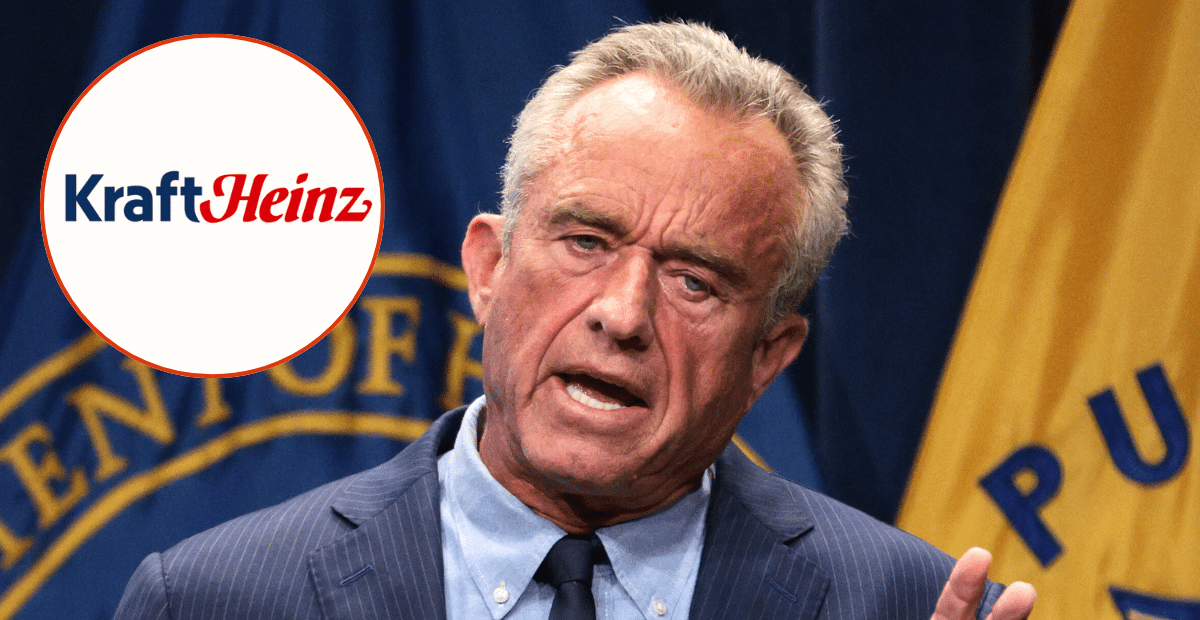Kraft Heinz, General Mills To Remove Artificial Dyes From Products
on Jun 18, 2025

Two Major United States Food Companies To Remove Artificial Dyes
Kraft Heinz announced plans this week to eliminate all artificial food dyes from its United States products over the next two years.
In a press release, General Mills announced a similar measure, saying they are working to remove certified colors from school foods by summer 2026 and then all foods by the end of 2027.
“Across the long arc of our history, General Mills has moved quickly to meet evolving consumer needs, and reformulating our product portfolio to remove certified colors is yet another example,” Chairman and CEO Jeff Harmening said in a statement. “Today, the vast majority of our foods are made without certified colors and we’re working to ensure that will soon apply to our full portfolio. Knowing the trust families place in us, we are leading the way on removing certified colors in cereals and K-12 foods by next summer. We’re committed to continuing to make food that tastes great and is accessible to all.”
Kraft Heinz says it will use plant-based and alternative coloring sources to maintain the visual appeal of its products while improving ingredient transparency.
“As a food company with a 150+ year heritage, we are continuously evolving our recipes, products, and portfolio to deliver superiority to consumers and customers,” Pedro Navio, North America president at Kraft Heinz, said in a statement. “The vast majority of our products use natural or no colors, and we’ve been on a journey to reduce our use of FD&C colors across the remainder of our portfolio. Above all, we are focused on providing nutritious, affordable, and great-tasting food for Americans and this is a privilege we don’t take lightly.”
RFK’s Plan To Eliminate Artificial Ingredients From The U.S. Food Supply
The announcements follow a broader push from federal health officials, after Health and Human Services Secretary Robert F. Kennedy Jr. revealed a plan to eliminate eight petroleum-based synthetic dyes from the American food supply earlier this year.
RFK’s announcement marked the beginning of an approach to remove harmful food coloring including Red No. 3, Yellow No. 5 and Blue No. 1.
Red No. 3, formally known as erythrosine, is a synthetic food dye used to give food and drinks a bright red color. The Food and Drug Administration recently decided to ban its use over concerns that the dye is linked to cancer.
“We’re going to do real science, and we’re gonna do science precisely on the issues that Americans care about,” Kennedy said. “Making sure their kids are getting food that isn’t poison. The food our kids are eating today is not really food. It’s food-like substances.”
RELATED: RFK Jr. Announces Ban On Artificial Food Dyes Nationwide
Kraft’s Remarkable Impact On Children’s Food Nationwide
According to its website, the Kraft Heinz Company is the third-largest food and beverage company in North America and the fifth-largest food and beverage company in the world.
With eight $1 billion+ brands, Kraft sells many foods marketed towards children, including Capri Sun, Lunchables and Kraft Mac & Cheese.
The company reduced sugar in their Capri Sun products by an average of 40% using monk fruit concentrate.
Dr. Marty Makary, commissioner of the U.S. Food and Drug Administration (FDA), previously explained that ultra-processed foods have resulted in 41% of American children having “at least one health condition,” and one in five being on medication.
“America’s children are sick,” Makary said. “There’s no one ingredient that accounts for the child chronic disease epidemic, and, let’s be honest, taking petroleum-based food dyes out of the food supply is not a silver bullet that will instantly make America’s children healthy.”
However, Makary said the removal of petroleum-based food dyes is “one important step” to a healthier future.
“Cancer and diabetes in young people is going up at an alarming rate and nobody seems to know why,” Makary said. “We have to turn our attention to underlying causes, such as chemicals and toxins that children are exposed to, not just more insulin and chemotherapy.”











